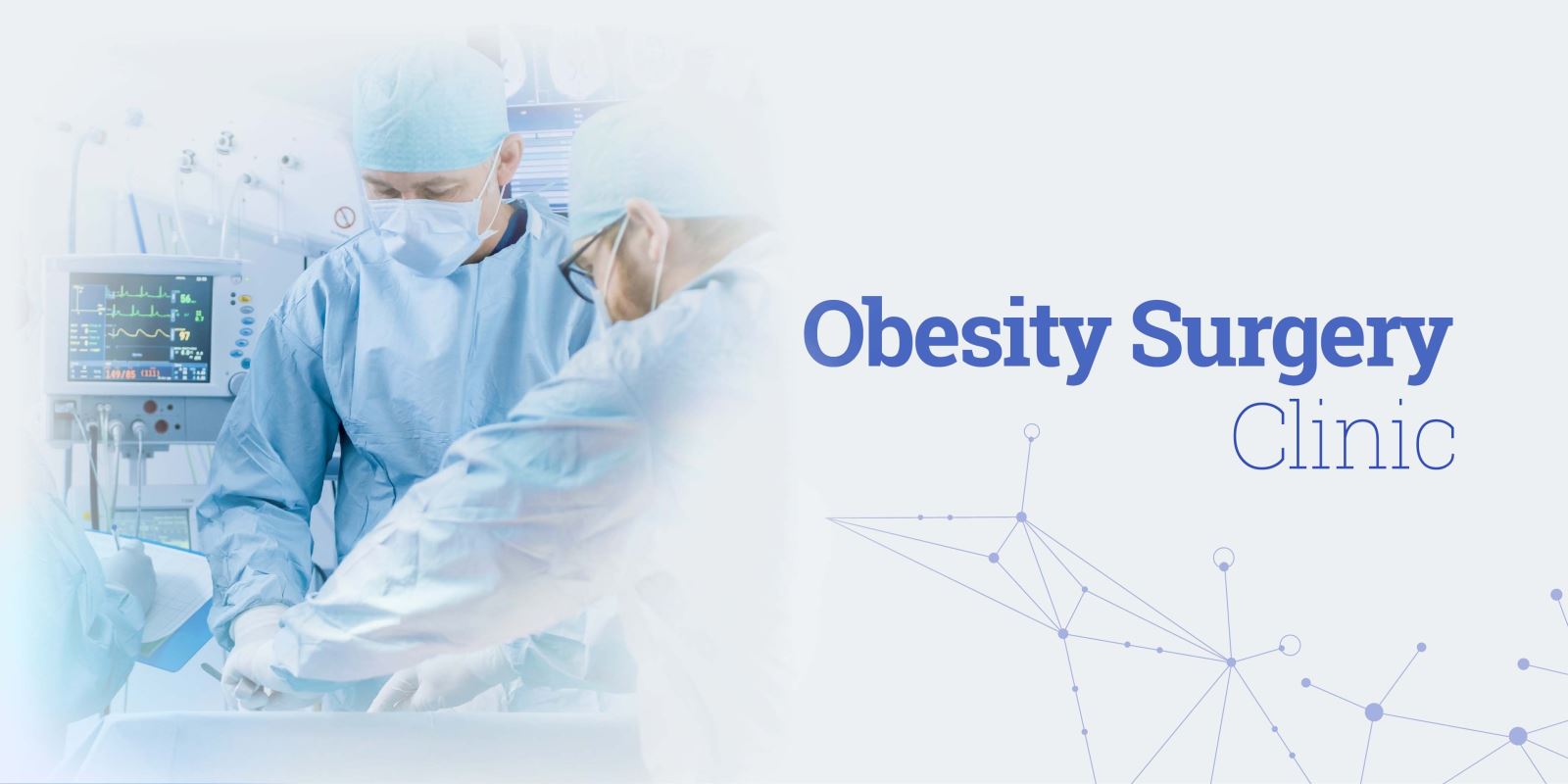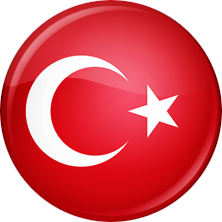Obesity Surgery


Obesity is a health problem that should be taken seriously in our country and in the world.
In line with today's technology and facilities, there are types of surgery we apply for the solution of obesity disease.
We decide which method will be used after making the necessary analyzes and evaluations. Because applying the right method is one of the biggest factors behind the success in the process. Your success is our source of happiness.
Sleeve Gastrectomy
Sleeve gastrectomy is one of the most common surgeries we apply.
Technically, about 80-85 percent of the stomach is removed vertically in sleeve gastrectomy. After the operation, a stomach volume of approximately 100 - 150 ml remains. This allows our patients to eat less food. Since most of the stomach is disabled after sleeve gastrectomy, the level of ghrelin hormone, also known as the hunger hormone, decreases significantly. Therefore, a faster feeling of fullness occurs and the amount of eating is significantly reduced. Thus, weight loss begins immediately after surgery.
Generally, weight loss in people who have had sleeve gastrectomy occurs as follows. These figures may vary according to the person's metabolism, eating and drinking and sports habits.
-
AT 6 WEEKS: 10% of starting weight
-
AT 3 MONTHS: 15% of starting weight
-
AT 6 MONTHS: 20% of starting weight
-
AT 9 MONTHS: 25% of starting weight
-
AT 12 MONTHS: 30 - 35% of starting weight
Gastric Bypass
Gastric Bypass surgery is one of the most effective methods in obesity surgery. With this application, the procedure is performed on both stomach and small intestine.
Technically, the operation is completed by reducing the stomach and removing the small intestine from a certain segment and connecting it to the stomach. Patients with Gastric Bypass both eat less food due to the reduction of the stomach and take less calories due to the transition from the shrinking stomach to the small intestine. Therefore, weight loss is achieved in obesity problems with two different mechanisms.
Weight loss in gastric bypass surgeries starts immediately after surgery. The most important feature of this surgery is that "type 2 diabetes" in overweight patients is greatly improved, regardless of weight loss. As a result, not only weight loss but also serious reduction or elimination of comorbidities is observed.
Gastric Balloon
Gastric balloon is an increasingly popular application in recent years. The most important advantage of this method is that it can be performed endoscopically without requiring very deep anesthesia. The inner volume of the gastric balloon is resistant to being inflated with 400-700 cc of liquid or air. Thus, as the stomach volume decreases, excessive food intake is prevented.
The estimated duration of the application is 10-20 minutes.
The patient does not need a hospital stay; after 3-4 hours of observation and intravenous serum administration, the patient is discharged.
Nausea, vomiting and cramping pain may be observed especially in the first 48 hours after the application. Medical treatment is applied to eliminate such discomfort. These complaints are temporary and disappear after about 1 week.
Revision Surgery
Revision surgery is applied especially in patients who have undergone bariatric surgery. If patients lose insufficient weight or gain more than normal weight after a while despite weight loss, revision surgery is considered appropriate.
The rate of revision surgery due to weight gain after bariatric surgery varies between 10 and 20 percent. The main purpose of revision surgery is to ensure the loss of the weight gained in patients who have regained weight and as a result of weight gain; to eliminate comorbid patients such as diabetes, hypertension and fatty liver.
Stomach Botox
Stomach botox is one of the non-surgical obesity intervention methods in which botox is applied to the stomach through endoscopy.
The purpose of stomach botox is to provide patients with a feeling of satiety for a longer period of time. As the feeling of satiety lasts longer, the amount of food consumed decreases.
Stomach botox is a non-surgical slimming intervention. This method is not applied to people with problems such as botox allergy, stomach ulcer, gastritis or duodenal ulcer. After the treatment of these people, stomach botox can be applied in 3 sessions to the people who do not have the disease.
Metabolic Surgery
The concept of Metabolic Surgery has come to the fore because the successful results obtained after Obesity Surgery are not only limited to weight loss, but also improve comorbidities (diabetes, hypertension, fatty liver, etc.). It is mostly known as diabetes surgery, diabetes surgery among the people.
Metabolic surgery, popularly known as diabetes surgery is applied in obesity patients if there is a metabolic syndrome. On the other hand, even if the patient does not have obesity, metabolic surgery may be considered appropriate if he/she has type 2 diabetes. In these procedures, food intake of the stomach is reduced, but hormonal changes provided by disabling part of the small intestine are used.
In some patients, only obesity surgery is sufficient. However, metabolic surgery is more suitable, especially if there is type 2 diabetes. For this purpose, there are 3 basic metabolic surgery applications applied in clinical practice. All surgical techniques can be safely applied by laparoscopic (closed method) in experienced hands. In this way, the patient will recover quickly and the hospital stay is minimized.


